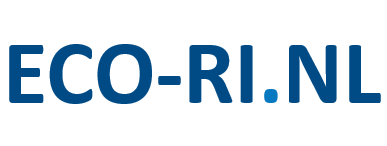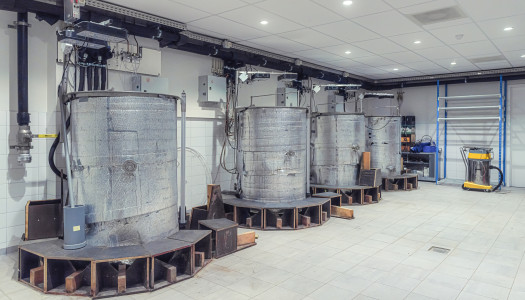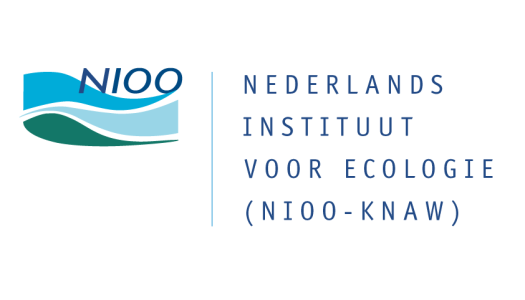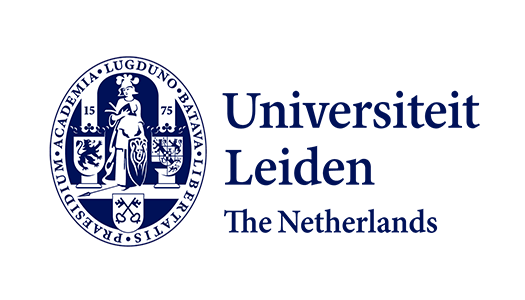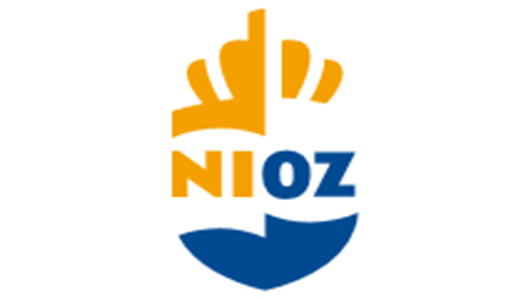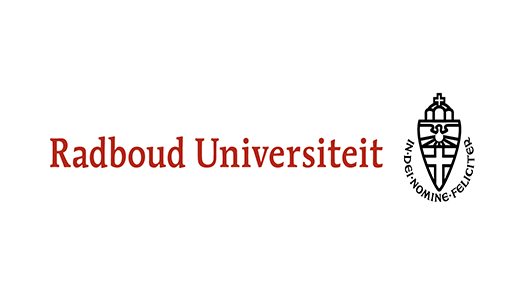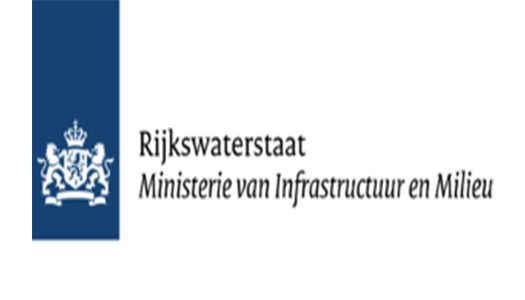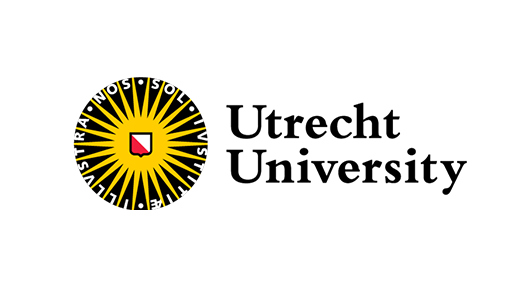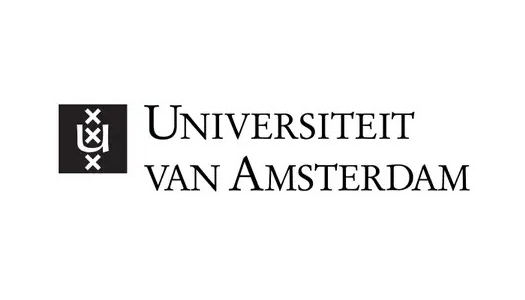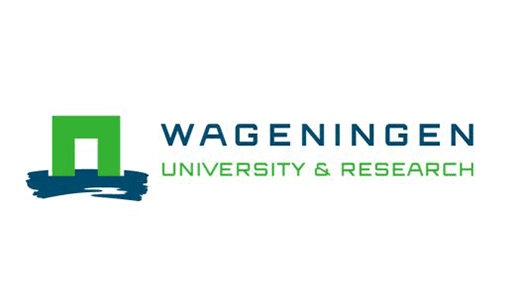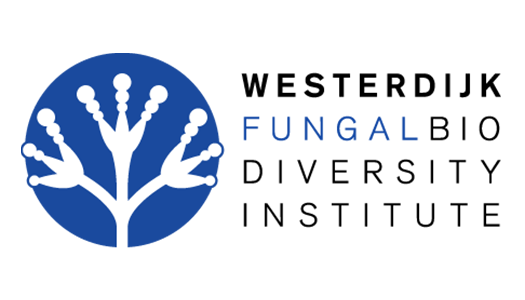Ecological research infrastructures in the Netherlands
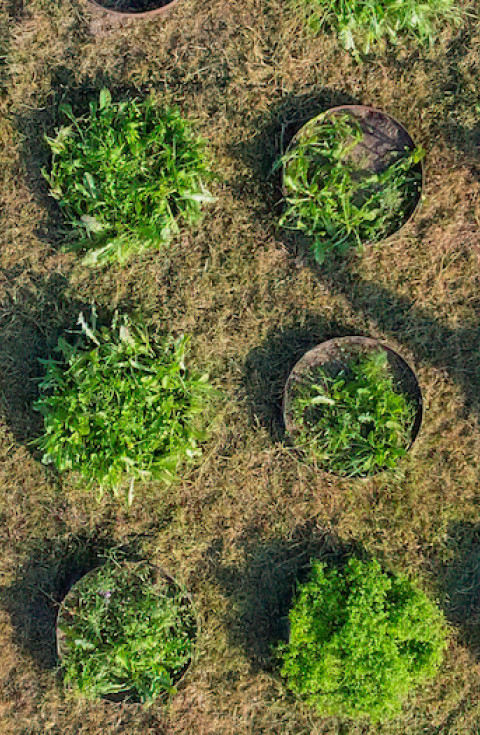
From experimental mini-ponds to research vessels, and from living labs to collections: in The Netherlands we have many ecological research facilities. This website provides a national overview of the large-scale ecological research infrastructures.
For ecological researchers in the Netherlands this overview offers opportunities to team up with other researchers and to link to existing ecological research facilities and initiatives. Currently, the inventory of large-scale ecological research facilities focuses on ecotrons, scientific (data) collections, long-term field studies and research infrastructures for fieldwork.
Map
List
-
Living Lab B7
The aim of Living Lab B7 is best summarised as providing insights and KPI’s (critical performance indicators) to Greenport Duin- and Bollenstreek, Nationaal Park Hollandse Duinen and the Deltaplan Biodiversiteitsherstel to contribute to the practice of biodiversity recovery in rural areas on local, regional and national scales.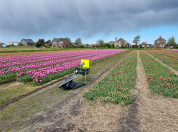
-
LTSER-platform Dutch Wadden Sea
The Long-Term Socio-Ecological research platform Dutch Wadden Sea area is a large coastal area bordering the north of the Netherlands.
-
LTSER-platform Veluwe
The area defined as ‘the Veluwe’ lies in the province of Gelderland, the Netherlands, West of the river IJssel and North of the river Rhine. The region hosts the largest connected nature area of the country. The natural landscape consists of a mix of forests, heathlands, sand drifts, lakes, and moorlands and is surrounded by agriculture, settlements, or infrastructure. This means there is a lot of interaction between humans and nature.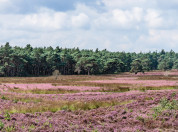
-
Marker Wadden
The Marker Wadden is a newly constructed archipelago in lake Markermeer, which aims to improve the lake’s degrading food web by stimulating primary productivity. The archipelago consists of five islands that add a currently missing habitat type to the lake: shallow, sheltered waters with high nutrient availability and gradual land-water transitions.
-
Mesocosms for soil-plant-insect interactions
A total of 40 mesocosms are distributed in five rows of eight mesocosms with a spacing of 0.5 m between them. In spring/summer we grow plant species that are currently expanding their range within Europe and species that belong to the same genus while being native in the Netherlands.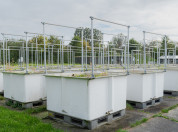
-
Microcosms
The Netherlands Institute of Ecology (NIOO-KNAW) houses 36x10L microcosms (transparent polycarbonate carboys; NALGENE, Rochester, USA) for plankton research. The microcosms can be temperature-controlled in water baths (at 0.5 °C temperature resolution), and automatically stirred through magnetic stirrers mounted below the water baths.
-
NutNet Planken-Wambuis
Two of the most pervasive human impacts on ecosystems are alteration of global nutrient budgets and changes in the abundance and identity of consumers. In spite of the global impacts of these human activities, there have been no globally coordinated experiments to quantify the general impacts on ecological systems. The Nutrient Network (NutNet) is a grassroots, global research effort to address these questions within a coordinated research network comprised of more than 130 grassland sites worldwide.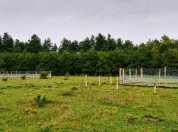
-
Soil ecotron
The ecotron consists of 60 cilinders with intact (non-disturbed) sand, peat or sea clay cores (20 each). For each soil treatment, ten of the cilinders are inoculated with soil from species-rich grassland with the same soil type. The other ten are inoculated with sterile soil from the same grassland. The cilinders are buried in an experimental garden.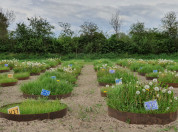
-
Veluwe grassland plant collection
This is a systematic collection of eight plant species from five grassland sites in the Veluwe, for which some tissue from individual plants is stored at -80 °C. For each site, up to 10 individuals from each species have been sampled along a transect at two time points (late May and early August).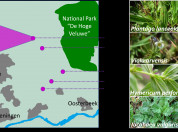
-
Vogeltrekstation (Dutch Centre for Avian Migration and Demography)
Vogeltrekstation (Dutch Centre for Avian Migration and Demography) is a cooperation between NIOO-KNAW and the Ringersvereniging (bird banding society). It arranges the daily practicalities with relation to catching and ringing of wild birds for science, policy and conservation.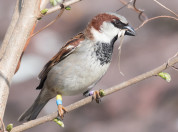
-
Waterfowl facility
This is a facility for keeping waterfowl for behavioural and physiological research. The facility consists of an outdoor aviary and a building for birds indoors.
www.eco-ri.nl is initiated and maintained by the Netherlands Institute of Ecology (NIOO-KNAW), and supported by the Dutch universities and research institutes connected to NERN (Netherlands Ecological Research Network) and/or BiodiversityXL (Centre of Excellence for Netherlands Biodiversity Research).
The inventory of ecological research infrastructures is ongoing.
Highlighted ecological research infrastructures
-
National Research Fleet
The National Research Fleet consists of three research vessels: RV Pelagia, RV Navicula and RV Adriaen Coenen.
-
Limnotrons
The limnotrons are nine stainless steel indoor mesocosms with a high level of control.
-
LTSER-platform Veluwe
The Veluwe is the largest connected nature area of the Netherlands, with a great array of ecological and socio-economic research.
Contact
If you have any additions to the inventory, please contact the NIOO Research Support Office via rso@nioo.knaw.nl.
